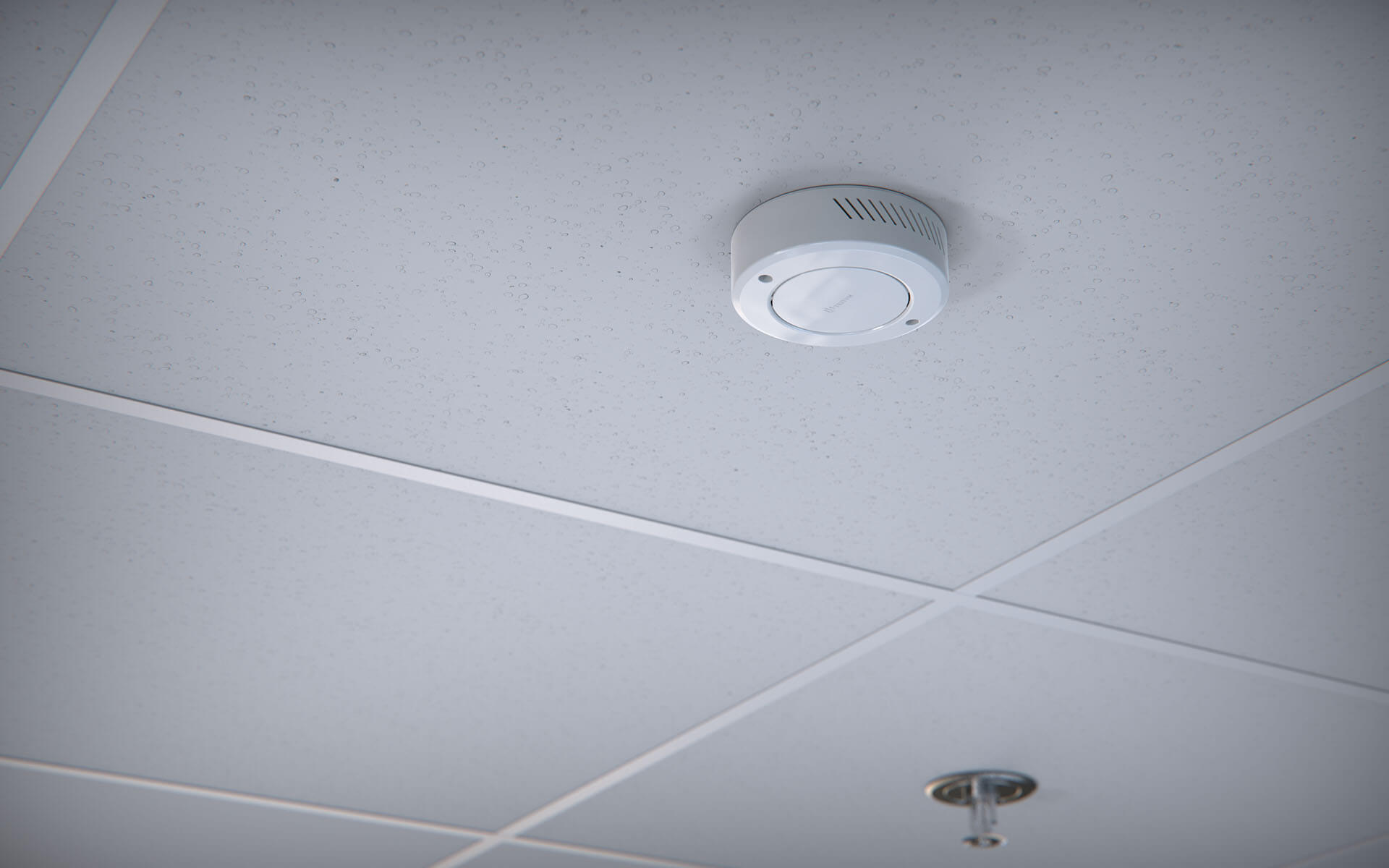Vaping was once a scourge at schools. Students would sneak into bathrooms where nicotine vapors flavored with THC and flavor were not detected. Administrators and teachers felt helpless until the districts turned to the vape detection technology.
Today, schools across the country are reporting major success stories that show how this technology can transform the issue of smoking cigarettes.

A Case Study: Reducing Vaping by 83% within 10 Weeks
Luling Independent School district faced a major issue with vaping. Despite repeated warnings and stricter rules, students continued smoke cigarettes in lockers and bathroom rooms. Smoke alarms of the past were ineffective against vapor, and the staff couldn’t be everywhere at once.
In March, the school district set up several vape detectors at schools as part of a pilot program. The results were quite striking. Within a matter of five weeks, reports of vaping had dropped noticeably. After ten weeks the amount of vaping was down by an impressive 83%.
Administrators were able to see the results beyond numbers. Teachers reported less disruptions, and students understood that vaping wouldn’t be ignored.
Similar Achievements at Match Charter Schools
Match Charter Schools is another impressive instance. They had to fight back against vaping in both the high and middle schools. The effect of the smoke detectors for vapes that they put in place in August was evident immediately.
Then, in December, less than four months later, administrators had reported the 80% reduction in weekly vaping incidents. Parents and students praised the school for making concrete efforts to safeguard pupils, and teachers reported a clear reduction in the amount of hallway loitering and bathroom crowding.
These two districts represent what is becoming a growing movement: schools that adopt vape detection have seen tangible improvements in both behavior and overall security.
What is it that makes vape detectors efficient?
The technology that is behind the results is what allows them to be achieved. A modern vape detector doesn’t just detect vapors, but additionally monitors the quality of air and monitors occupancy levels. It also sends real-time alerts to staff. That means administrators no longer have to rely on guesswork or reports based on a post-factual analysis.
In addition is that detectors are made with security in mind. No cameras. No audio recording. Only precise, instant data that aids schools in implementing swift actions without violating student rights.
This combination of effectiveness and compliance makes vape detectors one of the most practical safety tools schools can adopt today.
The Safety Net Expands Beyond Vaping
Many managers are aware that detectors are more than smoking prevention. Advanced systems detect loud disturbances as well as keywords associated with emergencies. They can also detect vandalism.
For instance If a crowd of students begin to linger in bathrooms then the detector may flag the presence of a group that is not normal. Staff can be immediately alerted when someone shouts a distressing word, such as “help”. This way, vape detectors for schools become part of a wider safety plan of action that takes into account both health hazards and the possibility of violence.
Parents and Boards are in support of Vape Detectors
Transparency can be a positive feature that is often not considered. The use of detectors by schools is able to produce reports that show clearly the trends in smoking. These reports are distributed to school board members, parents as well as community members, offering evidence of the fact that actions are being implemented.
Parents are more than happy, especially when they are able to witness tangible results. A vape detector does more than find students. It also protects their health as well as reinforces the message to them that vaping isn’t a suitable activity for schoolchildren.
The Summary: A Proven Path Forward
Vaping was a battle that was invisible to schoolchildren for a long time. Research from across the nation show that this is not true. Administrators can identify risks and deter risky behavior in real-time using a vape detection device. This creates an environment that is more secure for students.
The vaping crisis is far from over but the tide is changing. Vape detection isn’t just a reaction to an issue, it’s a method for schools to set the standard for making their schools a healthier place for their students.
Conclusion
Technology is transforming schools across Texas to Massachusetts. Modern vape detectors do more than sound an alarm. It transforms behavior that builds trust and offers a long-lasting solution to one of the biggest health issues for students. For any district serious about safety and security, school vape detectors are no longer an experiment they’re the standard.

